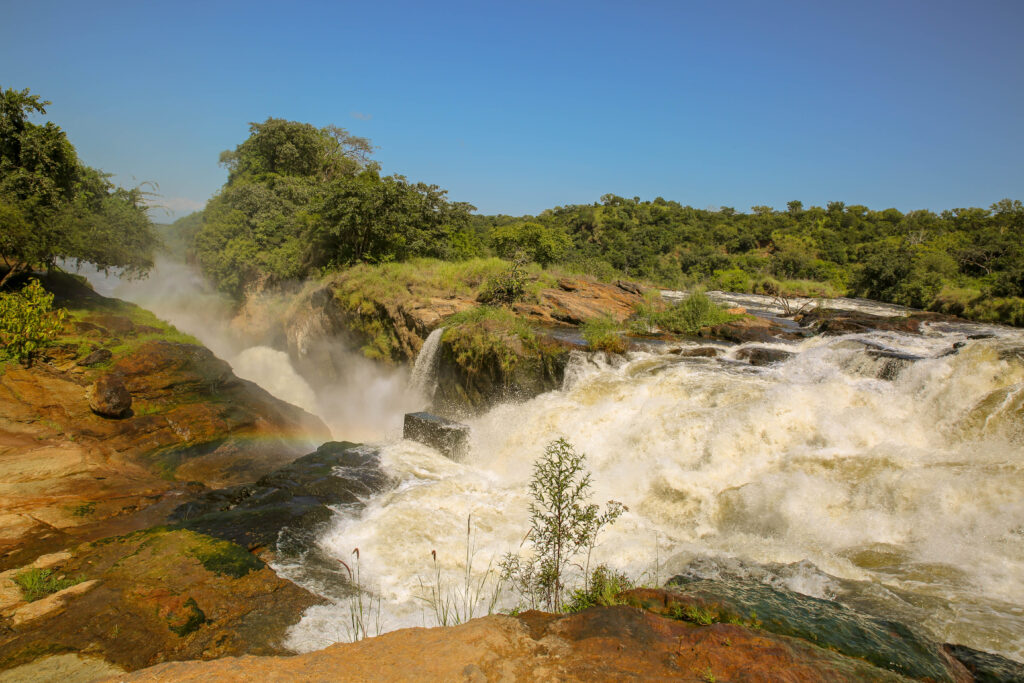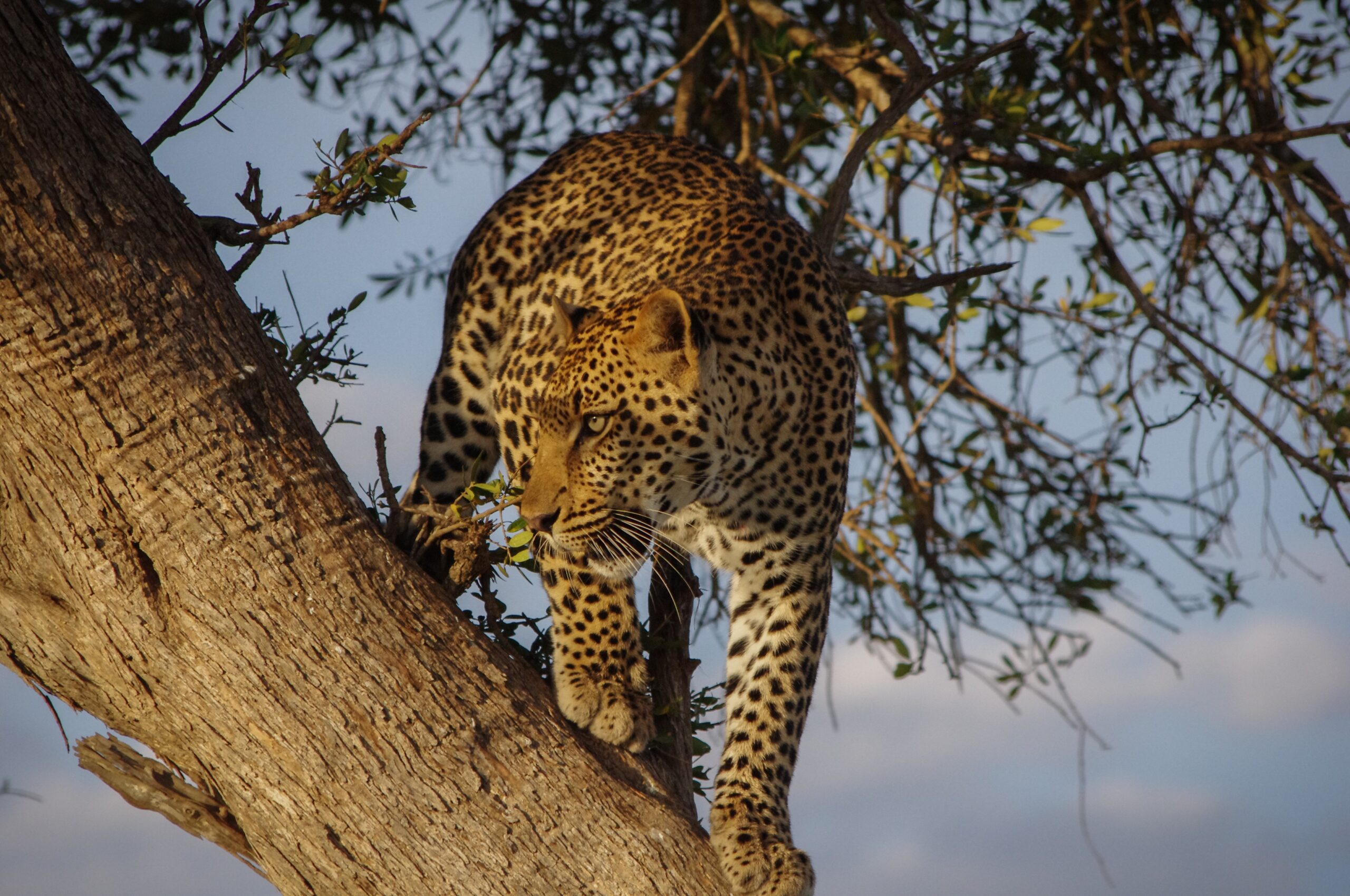
Have we not learnt from the environmentally tragic western capitalistic system of economics? The European and US capitalistic approach had initially failed to factor in economic benefits of nature into their capitalistic economic model. As such, environmental damage to the world at large as a result of the pervasive profit driven production and consumption took its toll on the environment in Europe, the United States and the world at large as a few individuals and nations benefited at the cost of the majority. And now, nearly 200 years after the start of the industrial revolution, Americans and Europeans have only just realised the damage the economic system has caused. Western countries are in panic, doing whatever is necessary to save the world from plastic and other detrimental effects of uncontrolled capitalistic production. Western governments have imposed strict taxes on harmful commodities and pursued brave subsidy programs to encourage greener living. Indeed Europeans and Americans have lost so much biodiversity that they now flock to sub-Saharan countries to see biodiversity like mahogany and mvule trees, elephants, birds and plants that their forefathers destroyed in their own countries during the madness of unbridled capitalism. One would think that Ugandans would ask themselves why a European or an American pays $1,500 for a flight to come to Uganda to spend a further $10,000 just to drive around Uganda and see the country we have. But, it appears our politicians are lost in maximising power and economic benefit whereas the average Ugandan is preoccupied by short term needs like paying school fees, constructing houses and going for Kwanjula (traditional wedding ceremonies). We barely ever take time to think about the environment –the very thing that sustains our life. Future generations will judge us very harshly, so I implore fellow Ugandans to come together and not only fight for Murchison Falls, but also start taking environmental issues seriously. Selfish leadership will capitalize on our ignorance and rob not only us, but our future generations.
There are many renewable energy alternatives that are now viable in Uganda. Solar energy is one such alternative that ought to be explored given the monumental leaps in the technology in the last 5 years. The government can learn from the UK, a country with minimal sunshine yet their government encourages citizens to use renewable energy. The UK used a two pronged approach that allowed individuals to take matters in their own hands and invest in solar energy using government grants and subsidies. As such wind turbines and solar powered homes increased to one million. The government also encouraged large scale investment in renewable resources.
The UK government’s solar energy initiatives were so successful that for the first time in 2016 the sun provided more energy to the UK grid than coal plants. Uganda has a lot more sunlight hours than the UK as it straddles the equator. There are many sustainable alternative means of meeting our energy needs.
Leave Murchison Falls be.
Mutalya Balye Daudi

We excel at creating unique gorilla trekking and big game encounters in the African wilderness